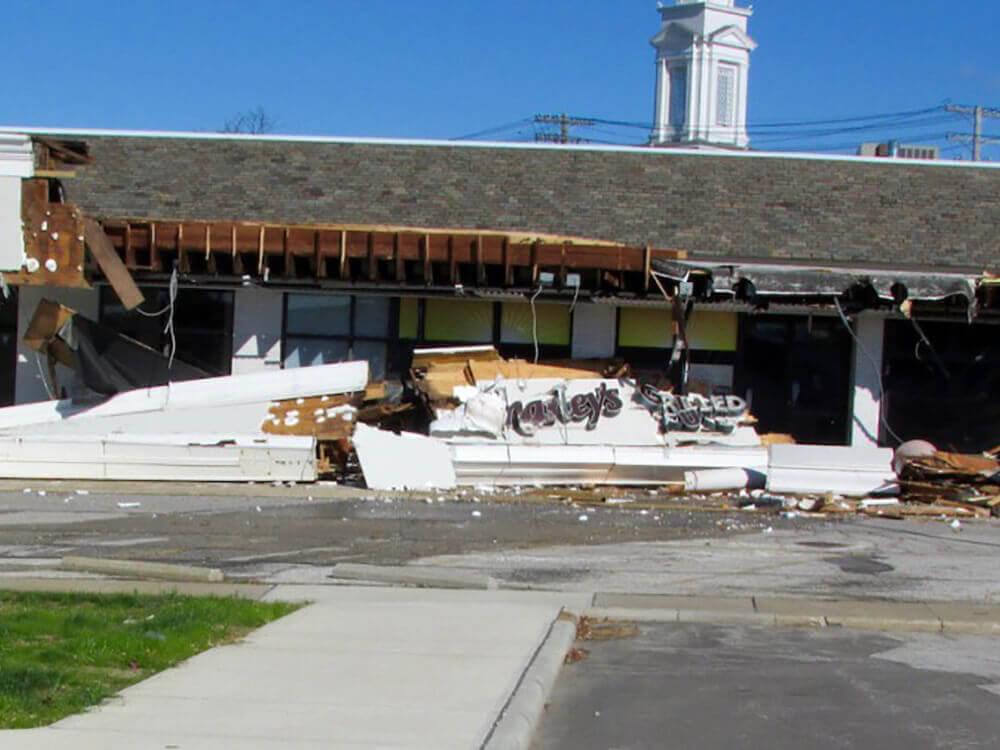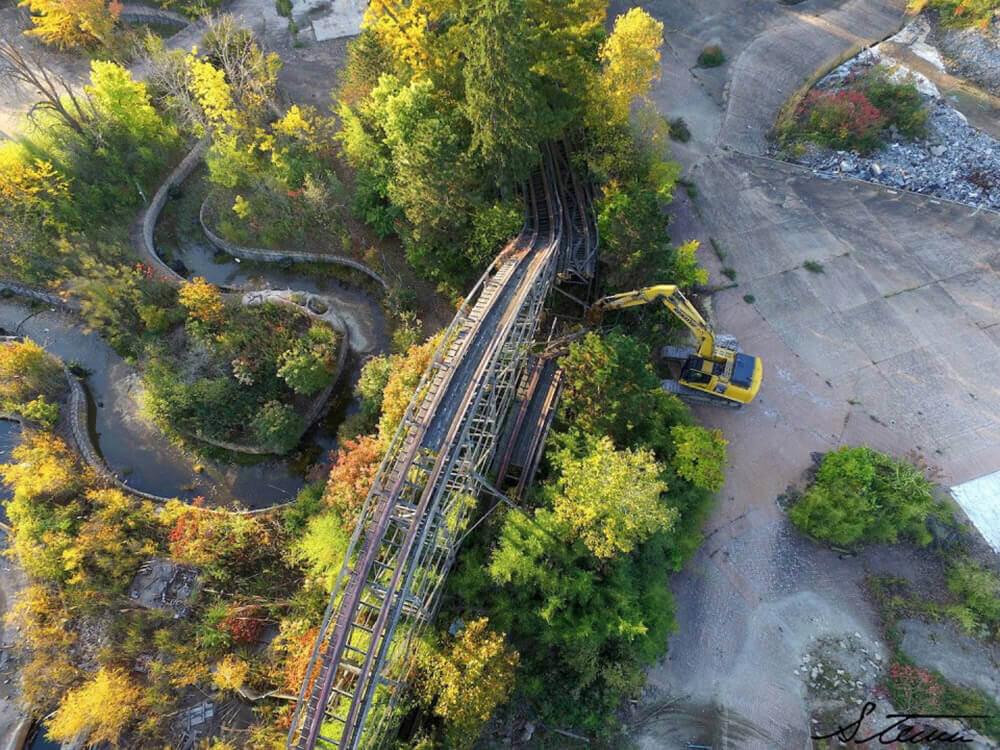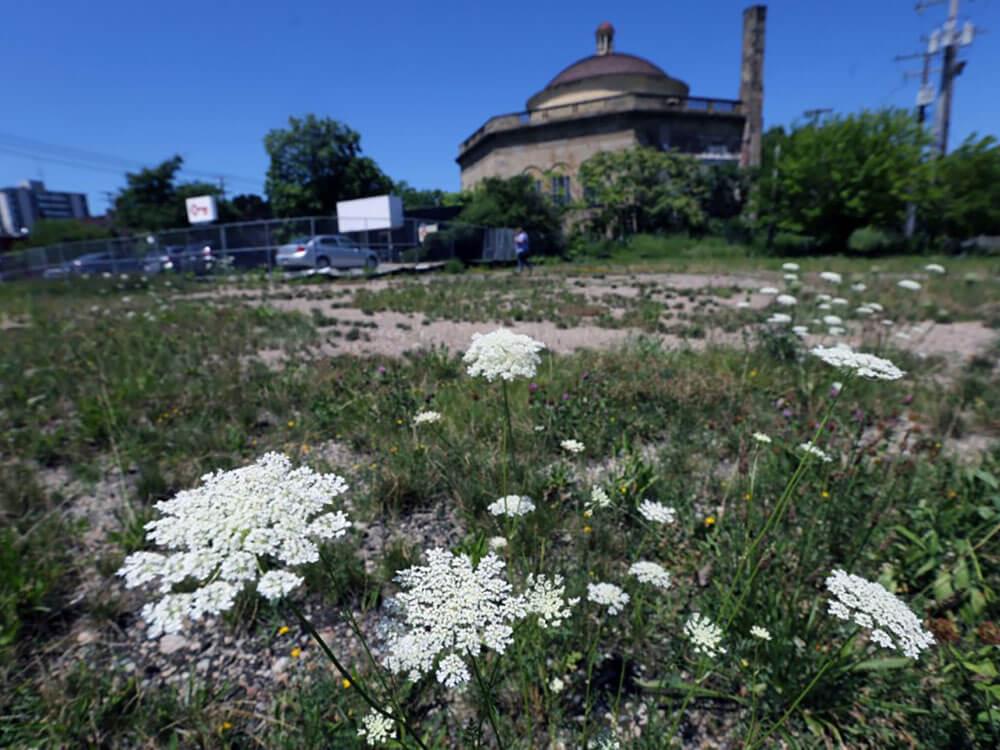One Ohio family’s tragic story of emotional and financial loss is a stark reminder of the hard times that hit the battleground state during the financial crisis.
An abandoned home in Youngstown, OH.
Bad times right now are good times for us says Craig Shanower. You know what I’m saying?
It’s a gray February afternoon on the east side of Cleveland. Shanower is standing outside a three-story house, white with red shutters: 3399 East 105th Street. Four bedrooms, two baths, according to Zillow. Built in 1910. Last changed hands, for $94,911, in March 2006. It’s empty now, has been for years, and this afternoon it’s coming down.
We did 185 houses last year and this year we’re hoping to double that, says Shanower, who operates a shovel-truck for Cherokee Demolition, which has a lucrative contract with the city.
In a growing city, urban pioneers might take look around here and see promise. Cleveland is not growing; between 2000 and 2010 its population fell more than 17%. We have too much supply, says former Cuyahoga County treasurer Jim Rokakis, and not nearly enough demand. Hence the hard-nosed calculation, promoted by Rokakis in his new role as director of the nonprofit Thriving Communities Institute, that the path forward begins with destruction.
Ohio will get some help with that from the $25 billion national mortgage settlement reached last month with Ally Financial, Bank of America BAC -3.50% , Citigroup C -2.73% , J.P. Morgan Chase JPM -1.07% , and Wells Fargo WFC -1.65% : the state’s share includes $75 million to tear down houses. It’s not nearly enough–Rokakis has been telling the feds that for $1.5 billion he could wipe all of Ohio and Michigan clean–but it’s a start.
Shanower is up in his cab now, unflexing the long, yellow arm of his machine, clawing at the house almost tenderly. Front walls first, then the floors, then the side walls, then the back. The basement fills with rubble. It only takes about an hour.



